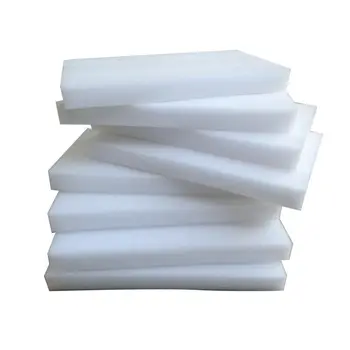Do you know about pe foam.
Epe foam material properties.
Epe foam is a very flexible material compared to other forms of foam.
Epe foam has better thermal properties than eva.
Epe thus gives most protection for oddly shaped objects.
Polyethylene foam is a durable lightweight resilient closed cell material.
The ease of lamination provides the flexibility to.
It is a resin that is made in thermoplastic procedure that means in the process it can be heated or cooled in very different shapes.
Laminated expanded polyethylene foam epe foam single layer epe foam is mainly applied in packaging application as the material is cheapest among all the foam material used in packaging industries.
Polyethylene foam is easy to process and fabricate.
Epe foam provides a good cushion support especially when it comes to heavy product packaging.
Epe s low thermal conductivity gives it excellent heat resistance making it a good insulating material for walls ceilings and roofs.
Typical densities are 29 to 120 kg m 3 49 to 202 lb cu yd with the lower figure being common.
The material is then made into small plastic beads.
Our epe foam material are available in density from 23 kg m to 27 kg m.
The physical and chemical properties of epe foam are what give it its desirable characteristics.
Epe foam stands for expanded polyethylene foam is the one of the most practical material in the foam industry.
Raghavindustries is the well known epe foam roll manufacturers in india who offers amazing quality in epe products.
Material properties are most.
It is due to these properties that this plastic has a variety of applications in different industries such as epe foam padding epe foam tube and epe foam sheet.
Epe foam is a harmless plastic and has no taste or odour.
It is often used for packaging fragile goods due to its excellent vibration dampening and insulation properties.
The closed cell structure of epe foam makes it able to withstand and absorb high amounts of shock or stress and provide good cushioning to the object it is covering.
Physical properties of epe foam.
Material properties may be used as a metric by which the benefits of one material versus another can be assessed thereby aiding in materials.
They can come in planks sheets or rolls according to custom requirements with original width from 1 m to 1 8 m and thickness from 0 3 mm to.
Typical values for thermal conductivity range from 0 01 0 02 btu hr ft f for epe foam and 0 25 0 29 btu hr ft f for eva.
These beads are then injected into molds using steam heat and pressure to create virtually any shape.

